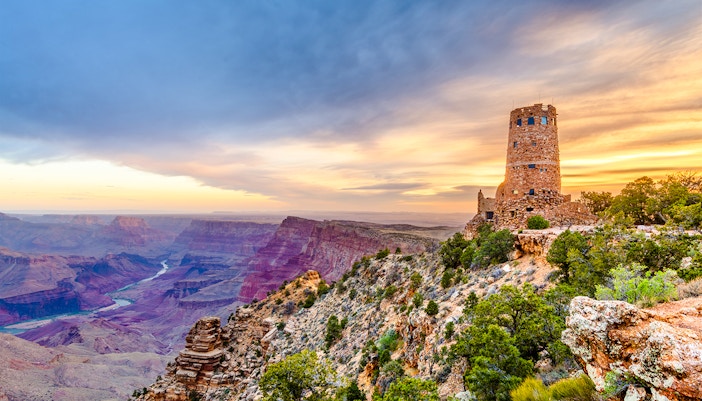
- North Rim
- History
- West Rim
- Grand Canyon National Park
- Grand Canyon
- Facts
- Grand Canyon Railway
- Hualapai Tribe
- South Rim
- Wildlife
- Shoshone Point
- Yavapai Geology Museum
- Hermit's Rest
- Hopi House
- Plan Your Visit
- Timings
- Directions
- Entrances
- Restaurants
- Map
- Camping
- Grand Canyon Village
- Weather
- Photos
- Hiking
- Things to Do
- Viewpoints
- Shopping
- Itinerary
- Hotels
- Rim to Rim
- Grand Canyon Floor Landing Tours
- Grand Canyon Lake Mead Tours
- Grand Canyon West Rim Tours
- Grand Canyon National Park Tours
- Grand Canyon North Rim Tours
- Las Vegas to Grand Canyon Helicopter Tours
- Grand Canyon Tours from Las Vegas
- Grand Canyon Airplane Tours
- Grand Canyon Helicopter Tours
- Grand Canyon South Rim Tours
- Grand Canyon Boat Tours
- West Rim Skywalk
- Grand Canyon National Park Helicopter Tours
- Grand Canyon Hummer Tours
- Grand Canyon West Rim Helicopter Tours
- Grand Canyon Tours
- Helicopter Tour Operators
Fascinating Grand Canyon facts that make the natural wonder even more unique
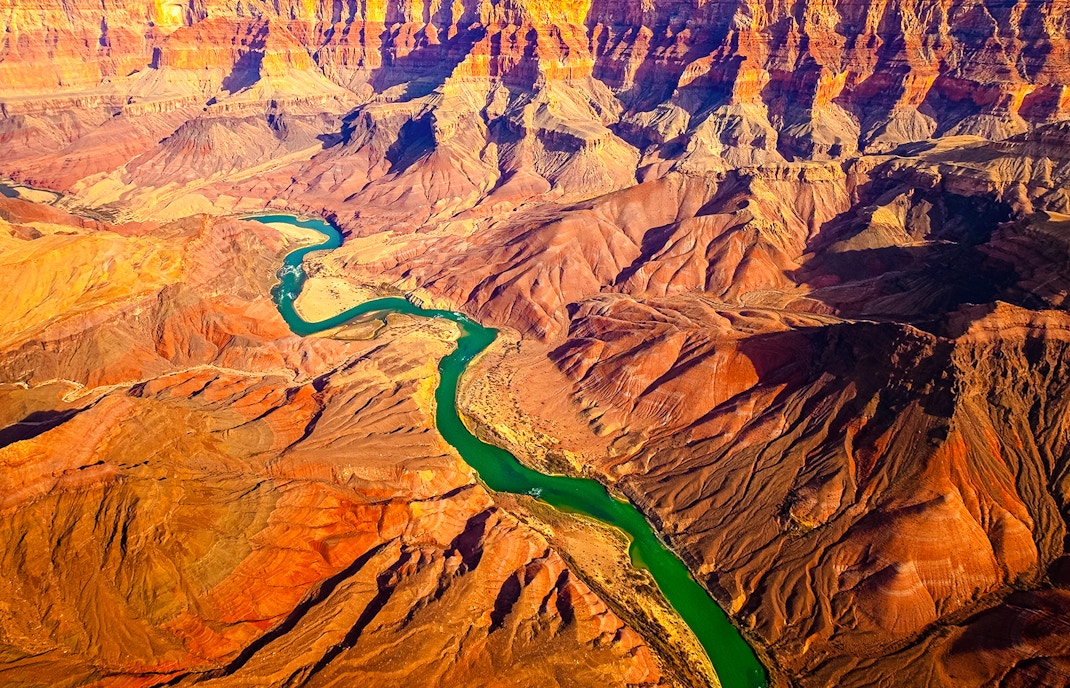
Ancient rocks of the Grand Canyon
While the canyon itself began forming only five to six million years ago, its oldest exposed rocks are estimated to be 1.8 billion years old. These layers tell a story of ancient seas, shifting continents, and powerful forces of erosion.
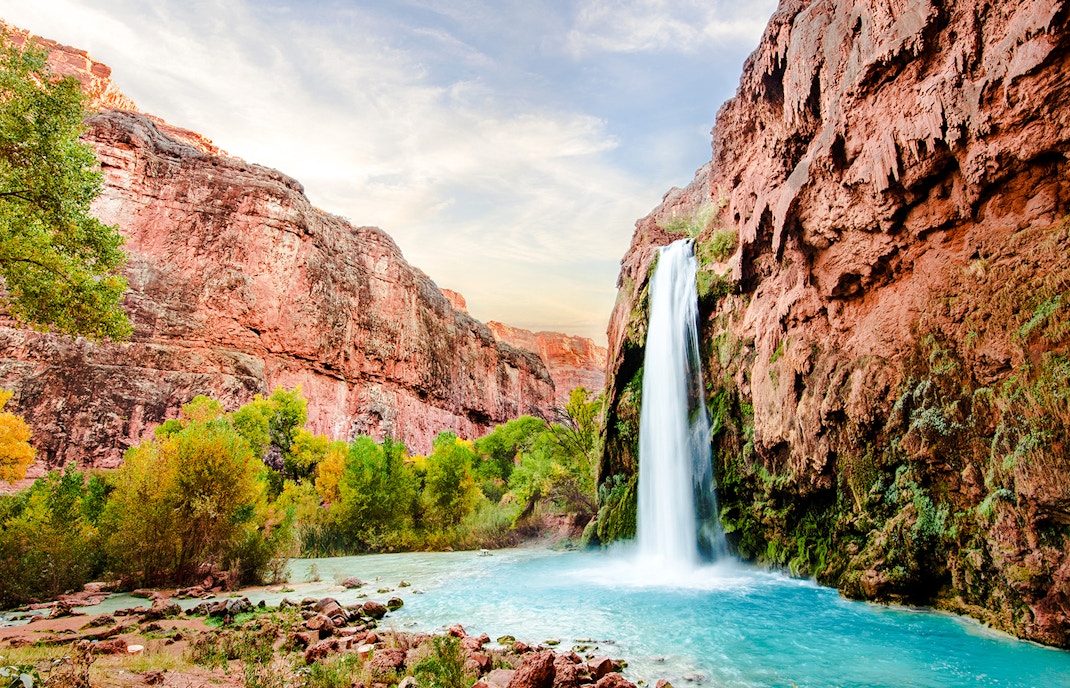
Groundwater from diverse ages
Groundwater in the Grand Canyon varies dramatically in age. On the South Rim, sources range from just 6 years old near the San Francisco Peaks to over 10,000 years old, such as water from the Bar Four well and Blue Spring. This wide range shows how the canyon’s aquifers are a blend of young and ancient waters, filtered through time by the region’s complex geology.

The Grand Canyon is really quite grand
The Grand Canyon also varies dramatically in width, adding to its visual and physical diversity. The narrowest point is in Marble Canyon, where it's only about 600 feet (180 meters) wide. In contrast, the widest point spans an astonishing 18 miles (29 kilometers). These changes in scale contribute to the breathtaking and ever-changing views experienced throughout the canyon.
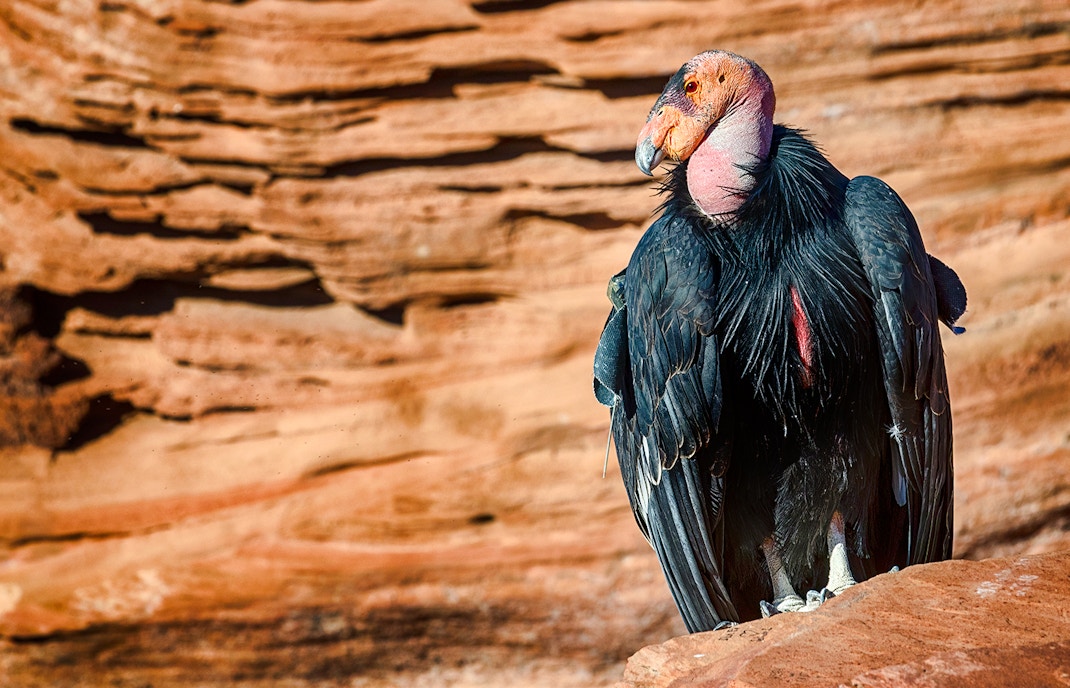
Home of the California Condor - one of the rarest birds in the world
The Grand Canyon is a sanctuary for the critically endangered California Condor, one of the rarest birds on the planet. As of June 2024, 85 condors soar freely in the rugged canyon country of northern Arizona and southern Utah. Worldwide, the population has grown to over 560, with more than half flying wild, thanks to ongoing conservation efforts in Arizona, Utah, California, and Mexico.
More about Grand Canyon's wildlife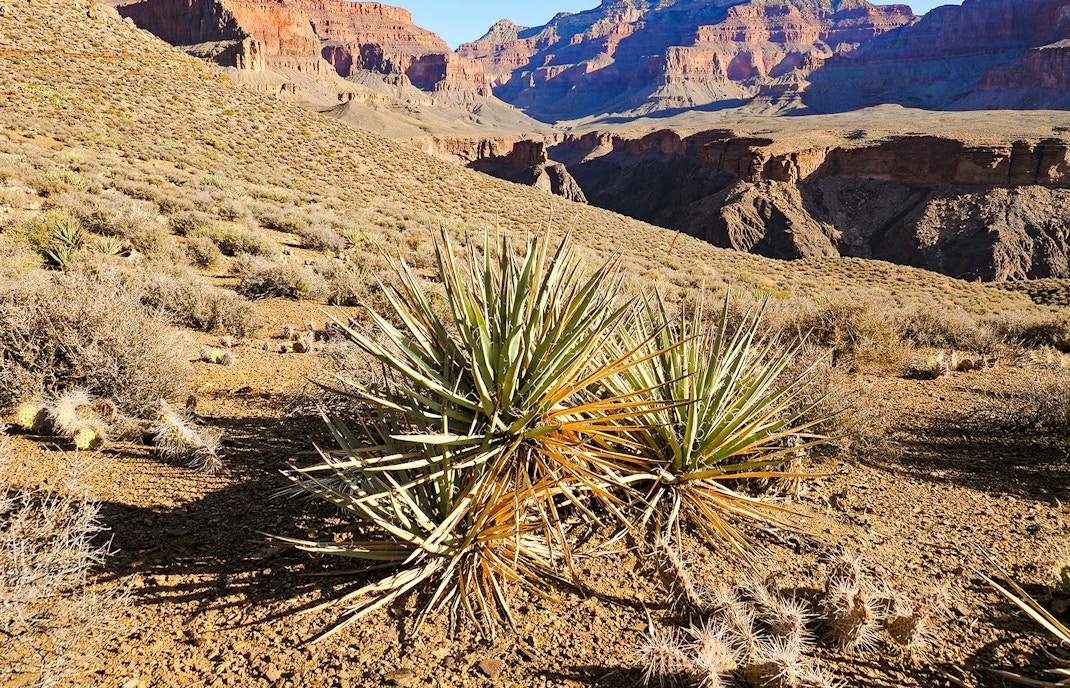
Endemic flora of the Grand Canyon
The Grand Canyon is home to plant species found nowhere else on Earth. Endemic plants like Agave phillipsiana, or Grand Canyon century plant, and Sentry milk-vetch thrive in this unique environment. While many plants here are part of the broader North American desert flora, the presence of these endemic species highlights the canyon’s role as a nest of biodiversity and ecological uniqueness.

Undiscovered caves and locations
Although the Grand Canyon has around 1,000 caves, only about 30% have been explored and recorded. Of the many archaeological and paleontological sites within the canyon, only an estimated 5% are said to have been fully documented. Much of the area, especially tribal lands, contains unexplored terrain offering potential for future discoveries and a deeper understanding of the canyon’s history.
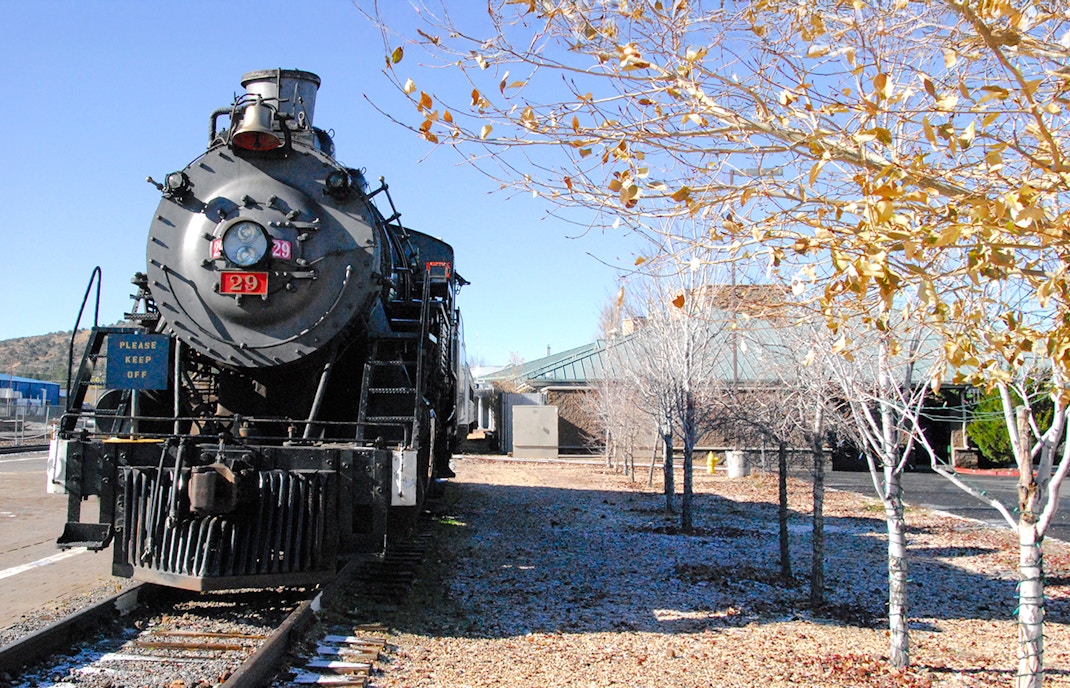
The French Fry Express
Grand Canyon Railway’s steam-powered Locomotive No. 4960, known as the "French Fry Express," runs on recycled vegetable oil collected from nearby restaurants in Williams and the South Rim. Converted in 2009, this 1923 Baldwin Locomotive has cut emissions in half compared to traditional fuels.
More on Grand Canyon Railway
The Hualapai Tribe and Grand Canyon West
The Hualapai Tribe is a sovereign Indian nation with about 2,300 enrolled citizens. This means they have their own independent government, economy, and laws. They manage tourism across Grand Canyon West, offering a cultural and scenic experience distinct from Grand Canyon National Park. Their reservation spans one million acres across northern Arizona.
Visit Grand Canyon West
